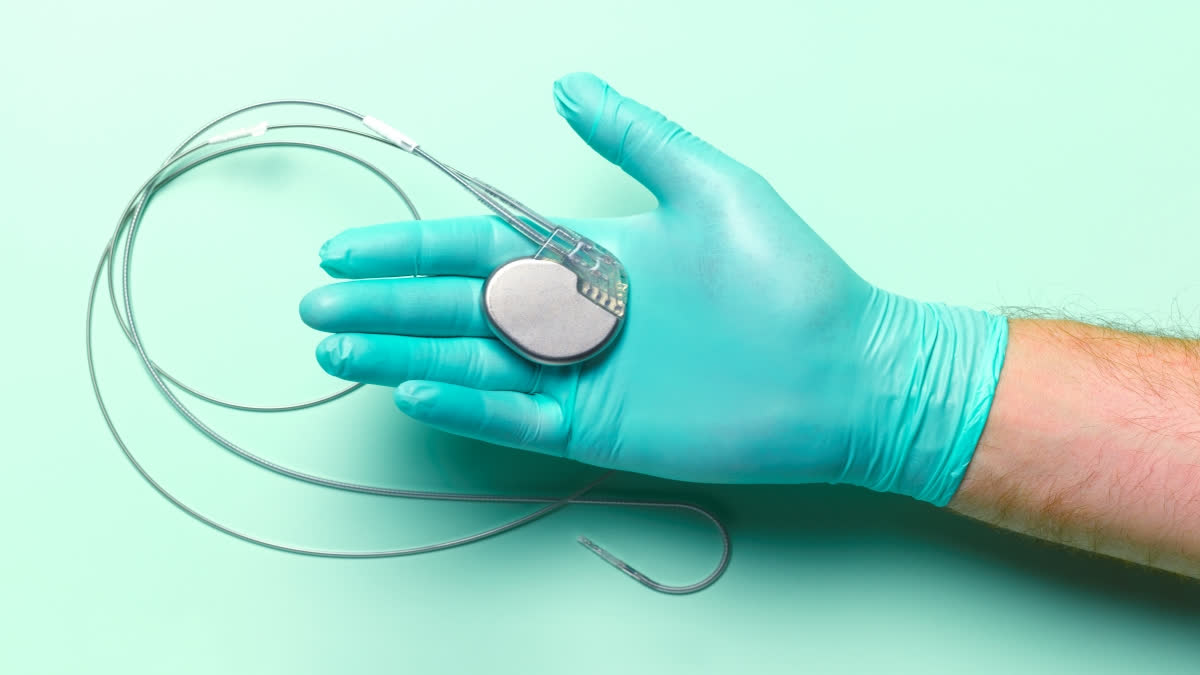Tucson (US): Biomedical implants such as pacemakers, breast implants and orthopedic hardware like screws and plates to replace broken bones have improved patient outcomes across a wide range of diseases. However, many implants fail because the body rejects them, and they need to be removed because they no longer function and can cause pain or discomfort.
An immune reaction called the foreign body response where the body encapsulates the implant in sometimes painful scar tissue is a key driver of implant rejection. Developing treatments that target the mechanisms driving foreign body responses could improve the design and safety of biomedical implants.
Kellen Chen, University of Arizona, says, "I am a biomedical engineer who studies why the body forms scar tissue around medical devices. Along with my colleagues Dharshan Sivaraj, Jagan Padmanabhan and Geoffrey Gurtner, we wanted to learn more about what causes foreign body responses. In our research, recently published in the journal Nature Biomedical Engineering, we identified a gene that appears to drive this reaction because of the increased stress implants put on the tissues surrounding them."
Mechanics of implant rejection
Researchers hypothesise that foreign body responses are triggered by the chemical and material composition of the implant. Just as a person can tell the difference between touching something soft like a pillow versus something hard like a table, cells can tell when there are changes to the softness or stiffness of the tissues surrounding them as a result of an implant.
The increased mechanical stress on those cells sends a signal to the immune system that there is a foreign body present. Immune cells activated by mechanical pressure respond by building a capsule made of scar tissue around the implant in an attempt to shield it off. The more severe the immune reaction, the thicker the capsule. This protects the body from getting an infection from injuries like a splinter in your finger.
All biomedical implants cause some level of foreign body response and are surrounded by at least a small capsule. Some people have very strong reactions that result in a large, thick capsule that constricts around the implant, impeding its function and causing pain. Between 10% to 30% of implants need to be removed because of this scar tissue. For example, a neurostimulator could trigger the formation of a dense capsule of scar tissue that inhibits electrical stimulation from properly reaching the nervous system.
Also read:Getting-ready-to-sleep behaviour hard wired in brains for survival, study in mice finds
To understand why the immune systems of some people build thick capsules around implants while others do not, we gathered capsule samples from 20 patients whose breast implants were removed 10 who had severe reactions, and 10 who had mild reactions. By genetically analyzing the samples, we found that a gene called RAC2 was highly expressed in samples taken from patients with severe reactions but not in those with mild reactions. This gene is found only in immune cells, and it codes for a member of a family of proteins involved in cell growth and structure.
